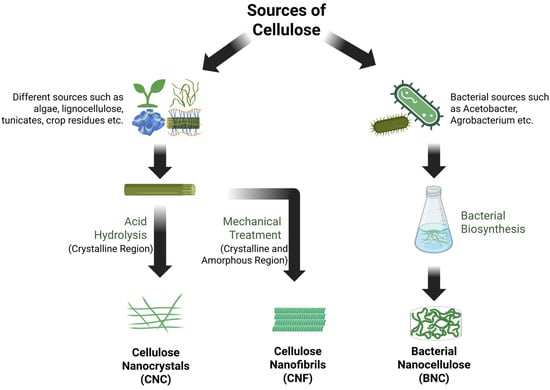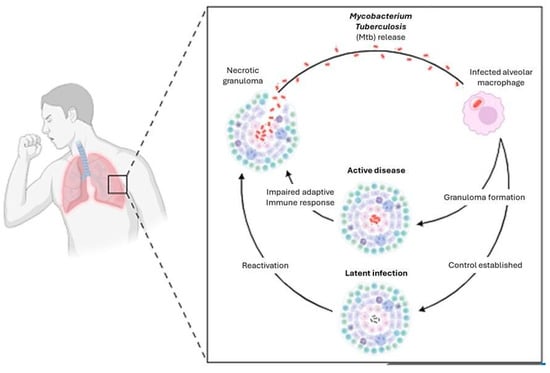- Review
Application of Metal-Doped Nanomaterials in Cancer Diagnosis and Treatment
- Xinhao Jin and
- Qi Sun
Cancer remains a severe global health threat, with traditional therapies often plagued by limited efficacy and significant side effects. The emergence of nanotechnology, particularly metal-doped nanomaterials, offers a promising avenue for integrating diagnostic and therapeutic functions into a single platform, enabling a theranostic approach to oncology. This article explores the design and application of various metal-doped nanosystems, including gadolinium-doped selenium molybdenum nanosheets for magnetic resonance/photoacoustic dual-mode imaging and photothermal therapy, and metal-doped hollow mesoporous silica nanoparticles that leverage the tumor’s acidic microenvironment to release ions for catalytic generation of reactive oxygen species. Despite their promise, the limited enzyme-like activity of some nanozymes, insufficient endogenous hydrogen peroxide in tumors, and the tumor microenvironment’s defensive mechanisms, such as high glutathione levels, can restrict therapeutic efficacy. Looking forward, the outlook for the field is contingent upon advancing material engineering strategies. Future research should prioritize the development of intelligent, multifunctional nanoplatforms that can dynamically respond to and remodel the tumor microenvironment. Innovations in surface modification for enhanced targeting, alongside rigorous preclinical studies focused on safety and standardized manufacturing, are crucial for bridging the gap between laboratory research and clinical application, ultimately paving the way for personalized cancer medicine.
17 December 2025


![(A) Schematic illustration for the synthesis of Mn-MSN@Met-M NPs. (B) Mn-MSN@Met-M NPs increase the local Mn2+ ion and metformin concentration; further promote the activation of STING. Adapted from ref. [20], https://doi.org/10.1016/j.isci.2024.110150 (19 July 2024), under the terms of the CC BY NC 4.0 license, http://creativecommons.org/licenses/by-nc/4.0/. (19 July 2024).](https://mdpi-res.com/jnt/jnt-06-00035/article_deploy/html/images/jnt-06-00035-g001-550.jpg)


![Principles and signal generation in magnetic particle imaging (MPI). (A) Schematic of the Berkeley MPI scanner setup. Image acquisition resembles projection scintigraphy, where magnetic nanoparticles traversing the field-free line (FFL) respond to an applied drive field (20 kHz, 20 mT). (B) Conceptual overview of a standard MPI scanner. Two large opposing rings generate a static selection field via d.c. currents, creating a central field-free point (FFP). The same rings also act as drive coils by superimposing a.c. currents on the d.c. field, while surrounding harmonic detection coils capture the particle response. (C) Design of an MPI system that encodes signals solely through drive fields. It incorporates dual selection field generators and three orthogonal pairs of drive coils to shift the FFP throughout the imaging volume. (D,E) Magnetization response of superparamagnetic particles. (D) Under an alternating magnetic field (H, green), the nonlinear magnetization (M, black) produces a time-dependent response (red) with distinct higher harmonics. (E) In contrast, a constant magnetic field drives the particles into saturation, yielding negligible harmonic content for image reconstruction (grey box). Reproduced with permission from Ref. [18]. Copyright 2018 American Chemical Society and from Ref. [10]. Copyright 2005 Springer Nature.](https://mdpi-res.com/jnt/jnt-06-00032/article_deploy/html/images/jnt-06-00032-ag-550.jpg)
